1. Shaving Makes Hair Grow Back Thicker
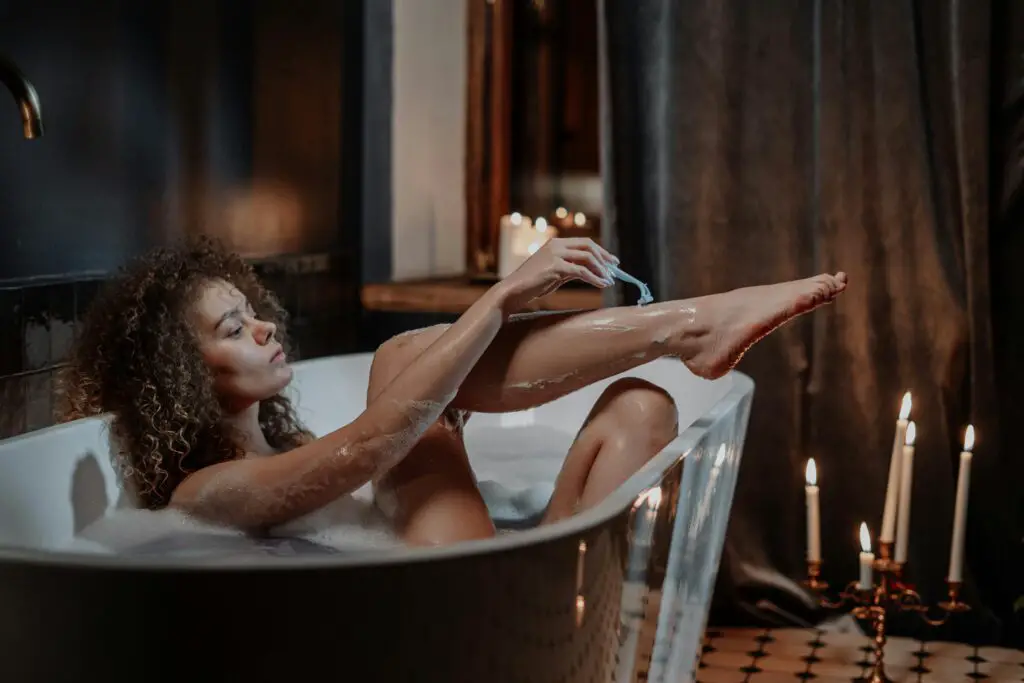
For years, people swore that if you shaved your legs, arms, or even your face, the hair would grow back darker, thicker, and faster. It was enough to scare plenty of people into avoiding razors altogether. But in reality, shaving doesn’t affect the root of the hair or how it grows—it just cuts it at a blunt angle, making it feel coarser when it grows back. That stubbly sensation fooled people into thinking they had somehow activated super-speedy, thick hair growth. In truth, the way your hair grows is all about genetics, not how often you shave says Business Wire.
Yet, this myth persisted, even leading some to believe that waxing or plucking was the only way to keep hair from coming back in full force. If shaving really did make hair grow back thicker, bald men everywhere would be razor-ing their heads non-stop! But that hasn’t stopped the myth from circulating, especially among teenagers worried about their first leg-shaving experience adds TODAY.
2. Toothpaste Can Get Rid of Pimples
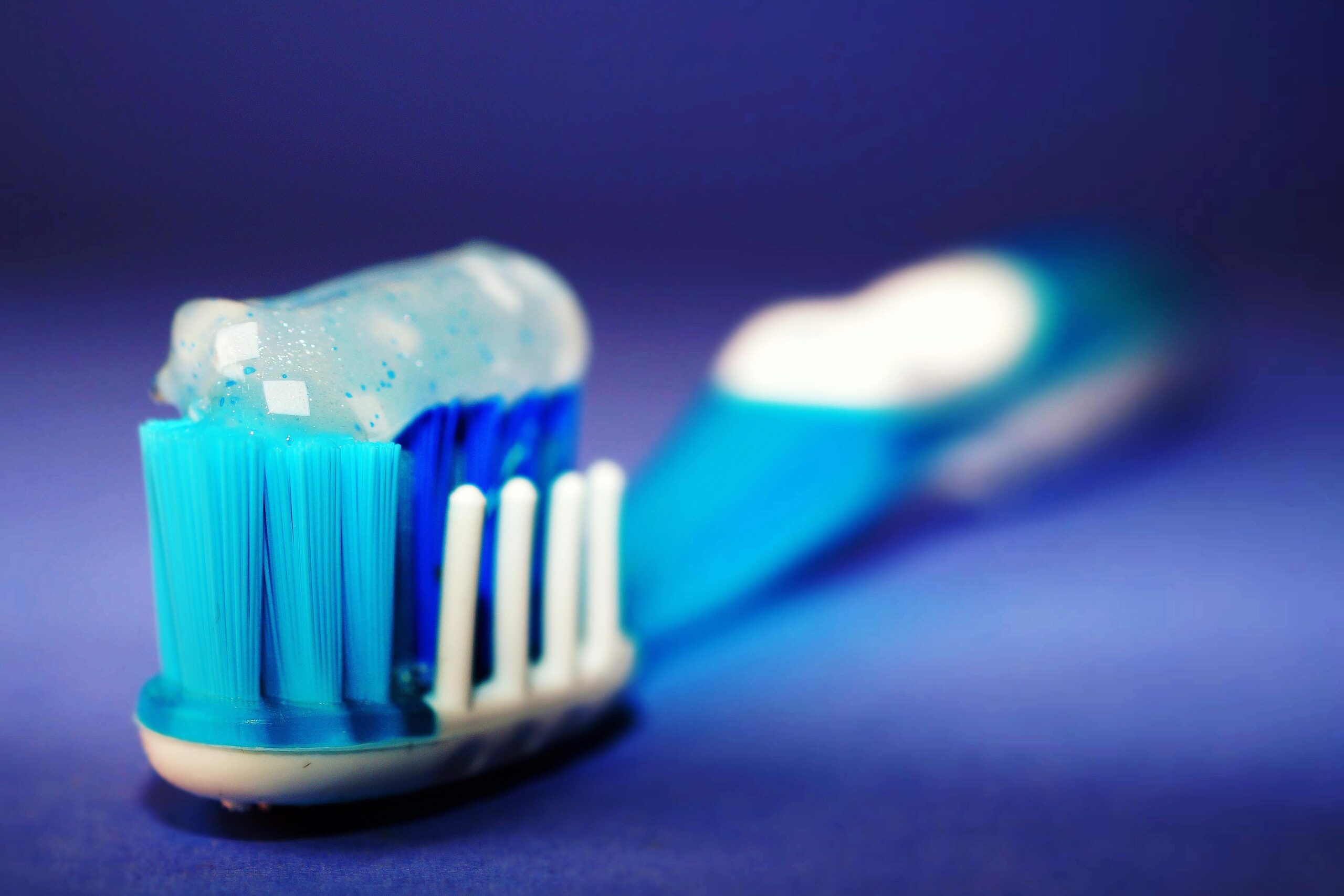
At some point, nearly everyone has heard that dabbing a little toothpaste on a zit before bed would magically shrink it overnight. It sounds plausible enough—toothpaste contains ingredients like baking soda and menthol that seem like they might dry out a blemish. And sure, it might temporarily help, but it can also seriously irritate the skin. Toothpaste isn’t made for your face, and the harsh ingredients can cause redness, peeling, or even worse breakouts shares MSN.
Still, this hack spread like wildfire, especially in the days before spot treatments were widely available. Teenagers in the ‘90s and early ‘00s swore by it, and some probably still keep a tube handy just in case. But dermatologists have long since debunked this idea, advising people to stick with actual acne treatments instead. Turns out, what works for keeping your teeth clean doesn’t necessarily work for your skin, according to ELLE.
3. You Need to Brush Your Hair 100 Strokes a Day
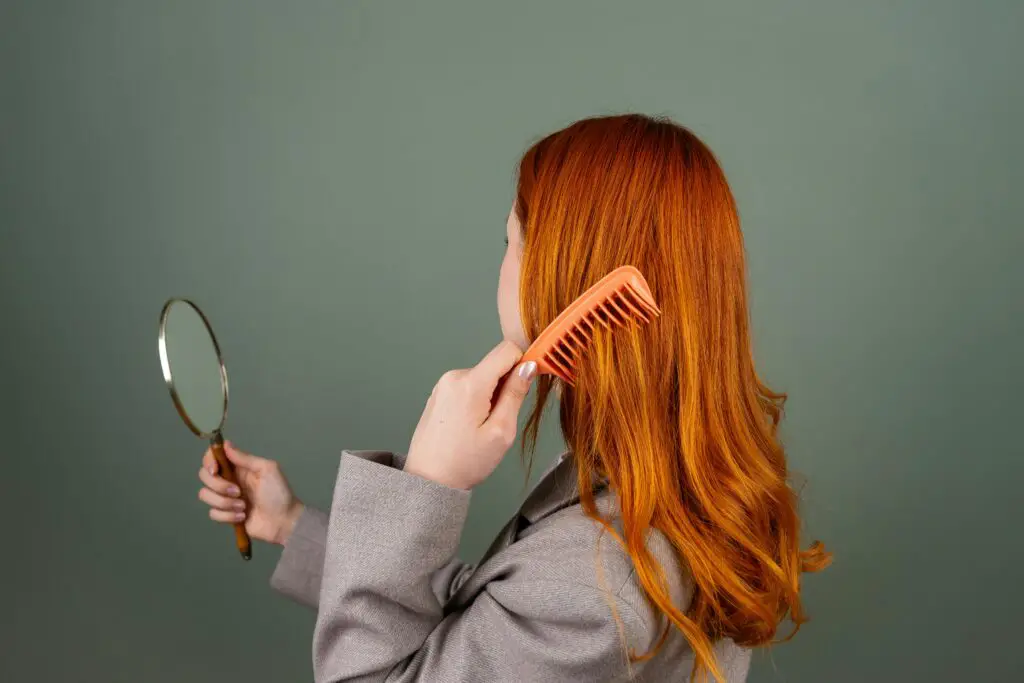
There was a time when people truly believed that running a brush through their hair 100 times every night was the secret to luscious, shiny locks. It was a ritual passed down through generations, with women sitting at their vanities, counting every stroke. The idea was that it spread natural oils evenly through the hair, making it healthier and more radiant. In reality, overbrushing can actually cause breakage, especially for those with fine or curly hair. Too much friction weakens the strands instead of making them stronger.
Despite this, the 100-stroke rule stuck around for decades, partly because it sounded like something out of an old-school beauty book. Today, most hair experts recommend brushing only as needed to detangle and distribute oils naturally. Too much brushing can do more harm than good, leaving hair looking frizzy rather than silky smooth.
4. Tanning Beds Are Safer Than the Sun

Back in the ‘90s and early 2000s, tanning beds were the go-to for achieving that perfect bronzed glow. People were convinced that because they controlled the amount of UV exposure, it was somehow safer than lying out in the sun. Unfortunately, science has proven that tanning beds are just as harmful—if not worse—when it comes to damaging the skin. The concentrated UV rays speed up aging and significantly increase the risk of skin cancer.
Yet, for years, salons marketed them as a “healthy” alternative, and people bought into it without question. It wasn’t until dermatologists and health experts spoke out that attitudes started to shift. Today, spray tans and self-tanners have largely taken over, but the damage from those tanning bed years still lingers for many.
5. Split Ends Can Be Repaired
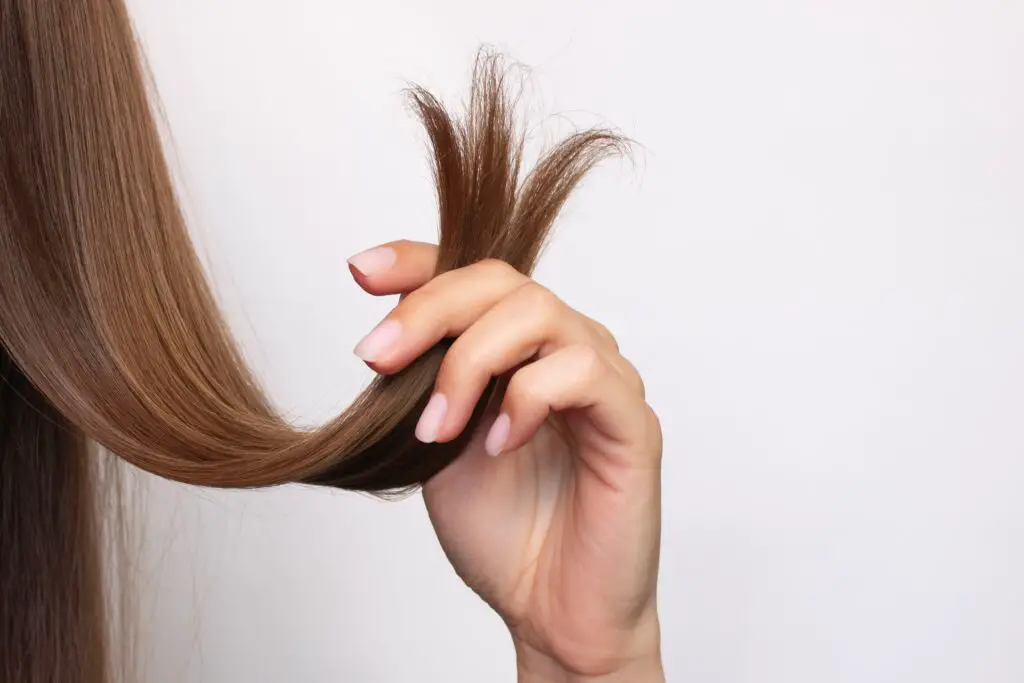
Hair product commercials had us all believing that split ends could magically be sealed back together with the right shampoo or serum. People would spend a fortune on products claiming to “heal” damaged hair, hoping to reverse years of heat styling and dyeing. But no matter how convincing the marketing, split ends cannot be repaired. Once a hair strand is split, the only real solution is to trim it off.
That hasn’t stopped brands from selling “repairing” treatments, making it seem like a few pumps of a miracle product will restore hair to its former glory. While deep conditioning can temporarily smooth frayed ends, it won’t fix the damage. The only way to keep hair looking healthy is regular trims and avoiding excessive heat and chemicals.
6. Pumping Your Mascara Wand Makes It Work Better
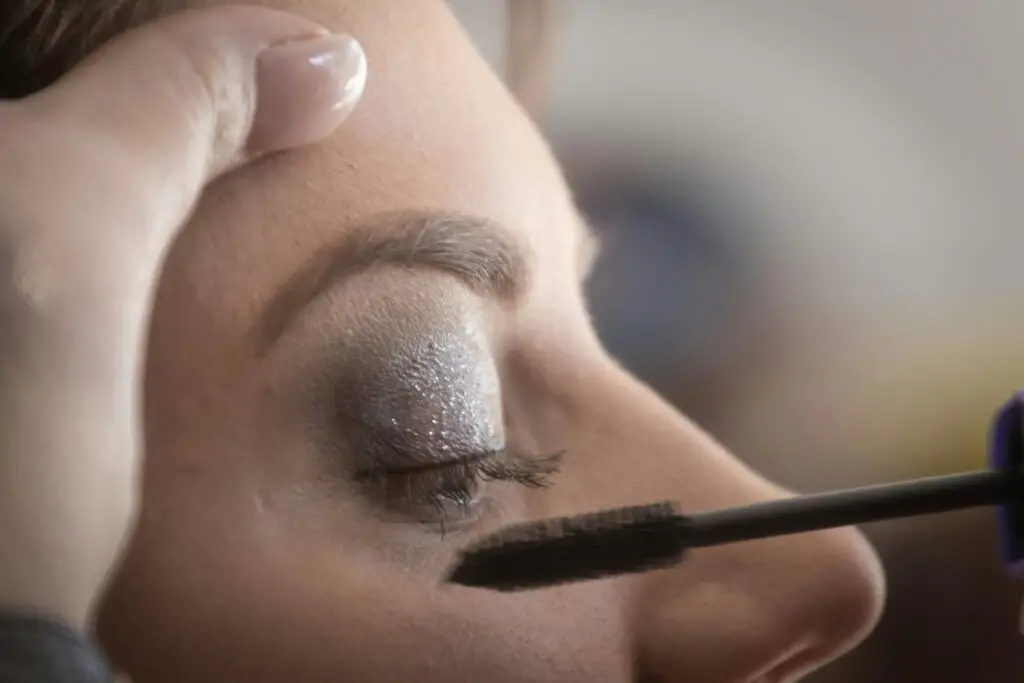
For some reason, everyone used to think that rapidly pumping a mascara wand in and out of the tube would somehow give better results. Maybe it seemed like it was picking up more product or making the formula last longer. In reality, all that pumping does is force air into the tube, drying out the mascara faster and making it clumpy. Instead of improving application, it actually ruins the product more quickly.
Yet, this habit became second nature for so many makeup wearers, and plenty of people still do it without thinking. The proper way to get an even coat is to swirl the wand inside the tube, which keeps air from getting in. But old habits die hard, and this mascara myth persists.
7. Oily Skin Doesn’t Need Moisturizer
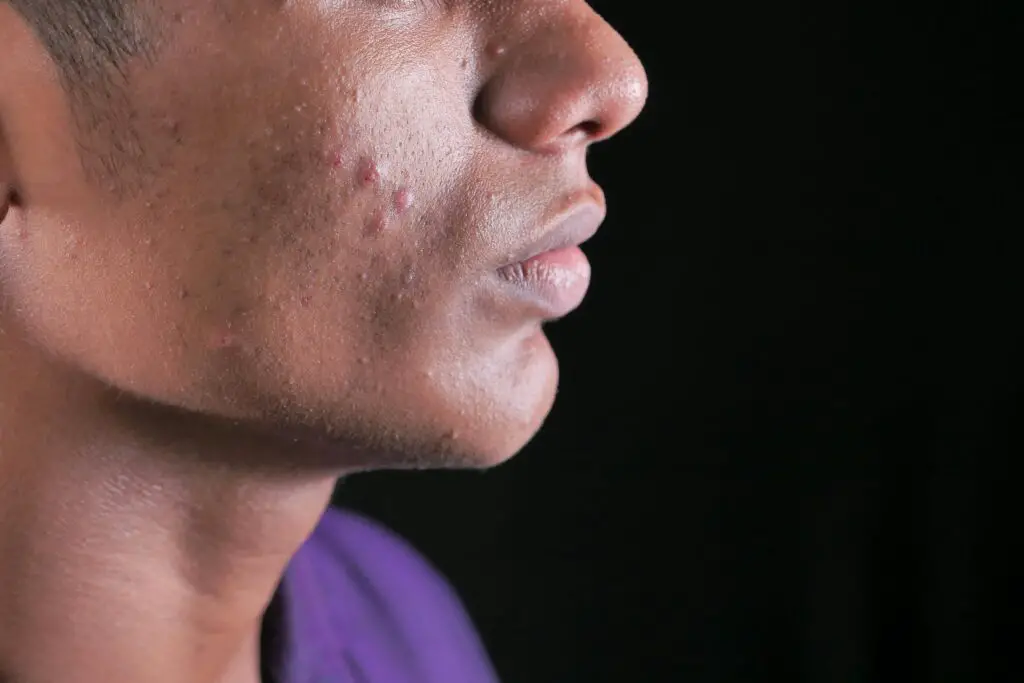
For the longest time, people with oily skin were told to avoid moisturizer like the plague. The logic seemed sound—if your face is already greasy, why would you add more moisture? But skipping moisturizer can actually make oily skin worse because the skin overcompensates by producing even more oil. Hydrated skin is balanced skin, and even those with shine-prone complexions need some moisture.
Despite this, oil-free beauty trends led many to believe that stripping the skin was the best way to control breakouts. Harsh cleansers and toners only exacerbated the problem, leaving people stuck in a cycle of dryness followed by excessive oil production. Dermatologists now emphasize that the right moisturizer can help regulate oil levels, rather than making things worse.
8. Trimming Hair Makes It Grow Faster

This myth has been passed around forever, and it’s easy to see why it caught on. Getting regular trims does make hair look healthier, which might trick people into thinking it’s growing faster. But hair grows from the scalp, not the ends, so cutting it doesn’t actually affect growth speed. What it does do is prevent breakage, so hair doesn’t thin out or appear shorter over time.
Even though science has debunked this, the idea that more trims equal more growth refuses to die. Many people still book haircuts thinking it’ll speed things along, only to be disappointed when their hair still grows at the same rate.
9. Natural Ingredients Are Always Better

Just because something is “natural” doesn’t mean it’s automatically good for your skin. Plenty of natural ingredients—like lemon juice, baking soda, and apple cider vinegar—can actually cause irritation or damage. Meanwhile, some lab-created skincare ingredients, like hyaluronic acid and ceramides, are incredibly beneficial. The idea that all chemicals are bad while all natural ingredients are good is simply not true.
Yet, the rise of “clean beauty” convinced many people to ditch scientifically-proven skincare in favor of DIY remedies. While some natural ingredients are great, it’s always best to check the science before slathering something on your skin.
10. Pores Can Open and Close
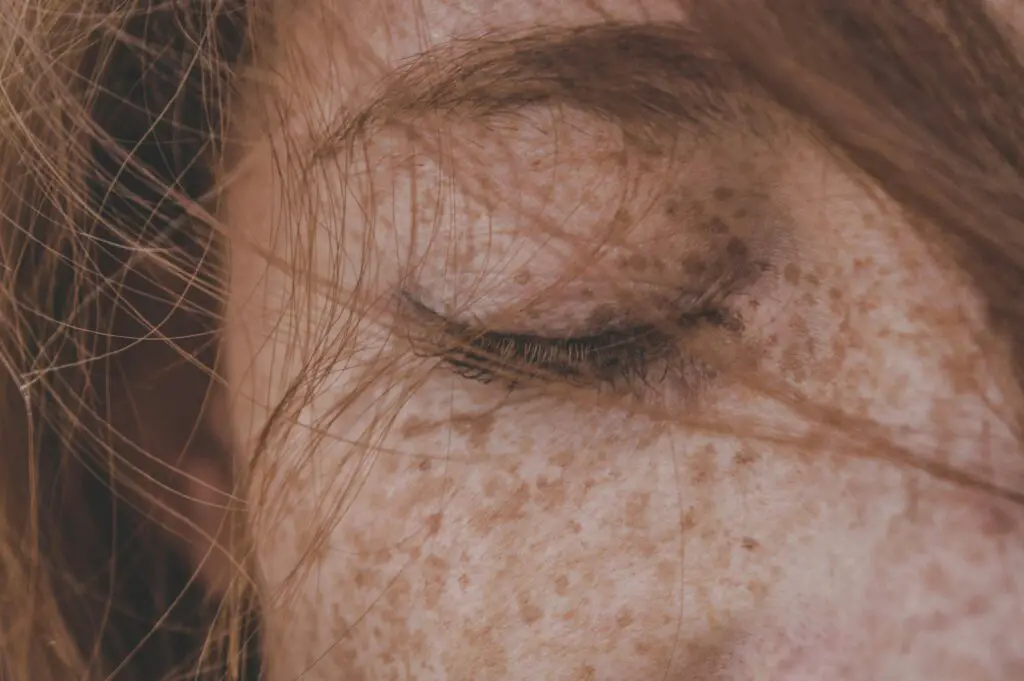
For years, people thought that steaming their face would “open” their pores while cold water would “shrink” them. But pores don’t have muscles, so they can’t actually open or close. What steaming does is loosen up dirt and oil, making them appear smaller after cleansing. Cold water might temporarily tighten the skin, but it doesn’t change the size of pores.
Despite the facts, this belief is still widely accepted, with skincare products claiming to “close” pores after washing. The best way to minimize their appearance is regular exfoliation and hydration, not temperature tricks.
11. Darker Foundation Makes You Look More Tan
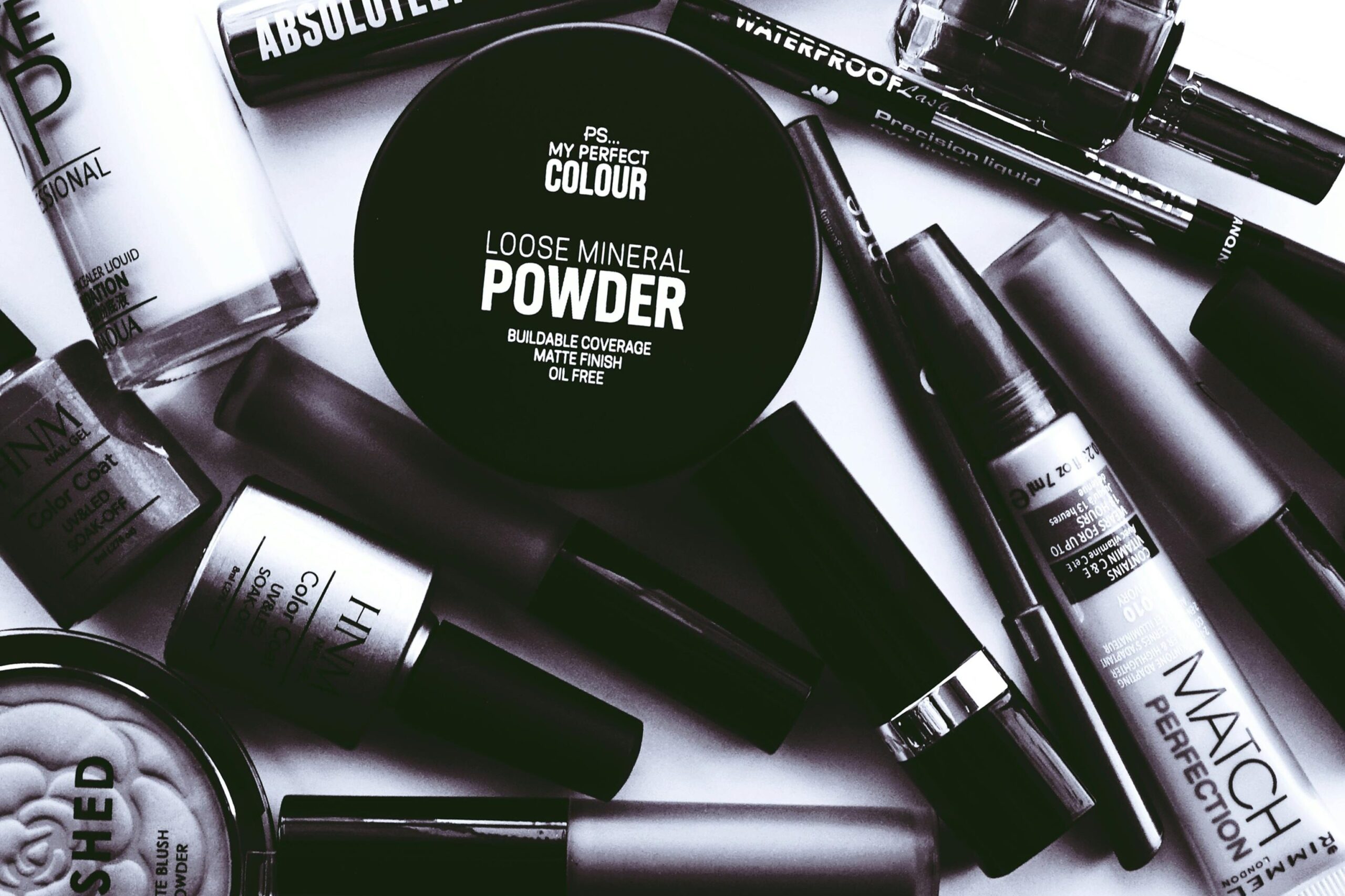
There was a time when wearing foundation a few shades darker than your natural skin tone was considered a “hack” for achieving a sun-kissed glow. Instead of using bronzer or self-tanner, people would just slather on a deeper foundation shade, hoping it would make them look more radiant. In reality, it usually just left an unnatural contrast between the face and neck, making it painfully obvious that the shade was off. Worse yet, the wrong foundation color can make skin look muddy or dull instead of warm and glowy.
Despite this, plenty of people kept doing it, convinced it was a shortcut to looking more bronzed. Now, makeup artists emphasize using the right shade and warming up the skin with bronzer instead. The goal is a seamless blend, not an obvious line between your face and the rest of your body. Luckily, foundation shade matching has improved over the years, helping people avoid the dreaded orange mask effect.
12. You Should Skip Conditioner If You Have Fine Hair
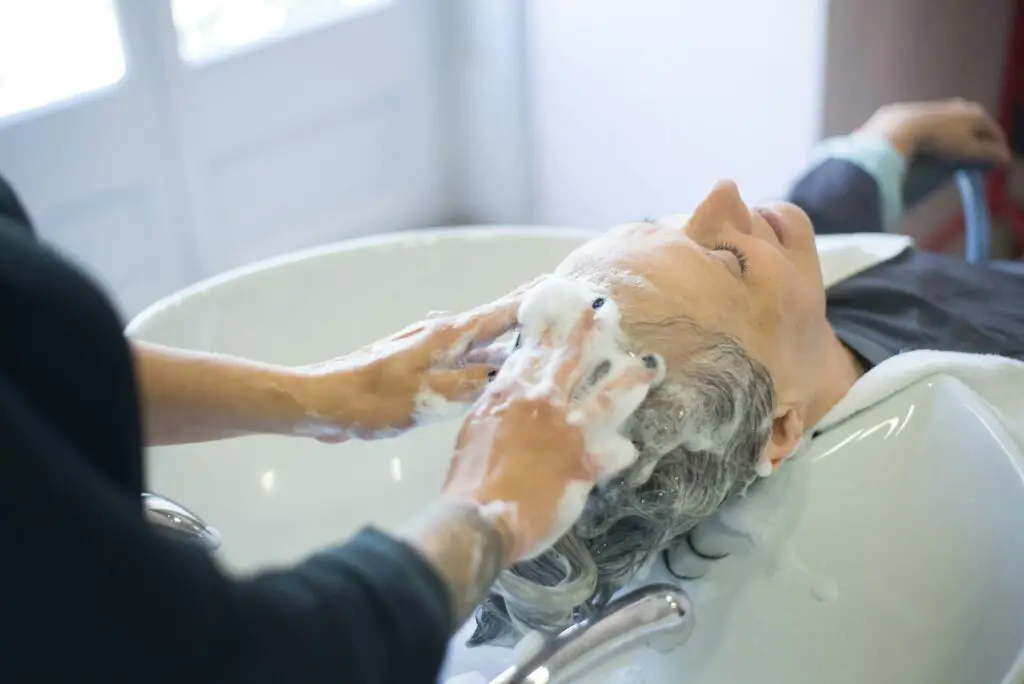
For ages, people with fine or thin hair were warned that conditioner would weigh their hair down, making it look greasy and lifeless. It led many to skip conditioning altogether, thinking they were doing their hair a favor. But the truth is, all hair needs moisture—especially the ends, which are prone to breakage. The key is using the right type of conditioner, not avoiding it entirely. Lightweight, volumizing formulas exist for a reason, and they can hydrate without making hair look flat.
Yet, the fear of limp locks kept many people from giving conditioner a fair chance. Instead, they dealt with dry, frizzy ends and wondered why their hair never looked as healthy as they wanted. Now, haircare experts stress that even the finest hair benefits from hydration, as long as it’s applied correctly—mostly on the ends, not the roots.
